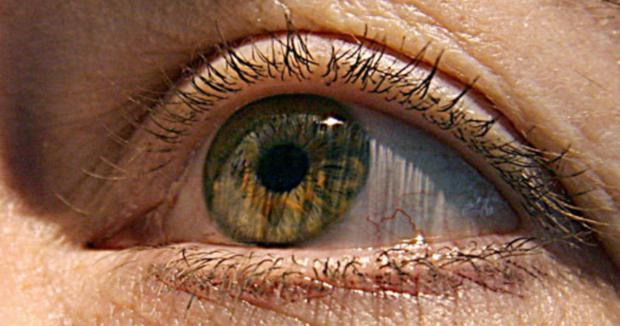
Breaking News
 Watch This BEFORE You Plant Carrots
Watch This BEFORE You Plant Carrots
 What Butter Does to Your Body in 14 Days
What Butter Does to Your Body in 14 Days
 What ACTUALLY Happens When You Pour Vinegar in a Washing Machine?!
What ACTUALLY Happens When You Pour Vinegar in a Washing Machine?!
 Silver Madness: CME Margin Spike + What It Means Next - Mike Maloney
Silver Madness: CME Margin Spike + What It Means Next - Mike Maloney
Top Tech News
 Laser weapons go mobile on US Army small vehicles
Laser weapons go mobile on US Army small vehicles
 EngineAI T800: Born to Disrupt! #EngineAI #robotics #newtechnology #newproduct
EngineAI T800: Born to Disrupt! #EngineAI #robotics #newtechnology #newproduct
 This Silicon Anode Breakthrough Could Mark A Turning Point For EV Batteries [Update]
This Silicon Anode Breakthrough Could Mark A Turning Point For EV Batteries [Update]
 Travel gadget promises to dry and iron your clothes – totally hands-free
Travel gadget promises to dry and iron your clothes – totally hands-free
 Perfect Aircrete, Kitchen Ingredients.
Perfect Aircrete, Kitchen Ingredients.
 Futuristic pixel-raising display lets you feel what's onscreen
Futuristic pixel-raising display lets you feel what's onscreen
 Cutting-Edge Facility Generates Pure Water and Hydrogen Fuel from Seawater for Mere Pennies
Cutting-Edge Facility Generates Pure Water and Hydrogen Fuel from Seawater for Mere Pennies
 This tiny dev board is packed with features for ambitious makers
This tiny dev board is packed with features for ambitious makers
 Scientists Discover Gel to Regrow Tooth Enamel
Scientists Discover Gel to Regrow Tooth Enamel
 Vitamin C and Dandelion Root Killing Cancer Cells -- as Former CDC Director Calls for COVID-19...
Vitamin C and Dandelion Root Killing Cancer Cells -- as Former CDC Director Calls for COVID-19...
Startups Like Neuralink And Science Corp. Are Aiming To Help The Blind See Again

Company milestones are starting to make the possibilities of their respective technologies, which once seemed far off, appear as though they are in reach, according to a new report.
For example, in September, Neuralink gained FDA approval to fast-track its Blindsight vision tech, while last month, Science, led by former Neuralink President Max Hodak, reported clinical trial success in restoring vision for age-related macular degeneration.
Backed by growing investor interest and regulatory support, startups like Science ($150M raised) and Neuralink ($600M raised) are advancing brain-computer vision technology, according to Yahoo/Bloomberg.
Hodak told Bloomberg: "Restoring vision to patients will be the first killer app."
Science reported that 32 of 38 patients in its study experienced significant vision improvements, reading an average of five lines lower on an eye chart, with one patient improving by nearly 12 lines.
The Yahoo/Bloomberg report says that startups restoring sight are exploring diverse approaches.
Science is developing Prima, a retinal implant offering vision improvements through an 80-minute outpatient procedure. It complements future brain-based devices and has FDA breakthrough status, like Neuralink's Blindsight.
While retinal implants show promise, some researchers aim for visual cortex implants, which could address severe retinal or optical nerve damage with greater resolution. Competing technologies, like cell therapy, are also advancing, with companies like Cellino raising significant funds.
Though sight restoration via electrodes often results in blurry flashes, patients report life-enhancing benefits. Neuralink's Blindsight aims to implant electrodes in the visual cortex, promising ambitious advancements as patient trials progress.
Neuralink President DJ Seo concluded on a podcast earlier this year. He spoke about the potential for a glasses-and-electrode system that could eventually go beyond treating blindness: "We're currently limited by our biology in terms of the wavelength that we can see. But when you have an external camera with this BCI system, you're not limited to that."
"You can have infrared, you can have UV, you can have whatever other spectrum that you want to see," he concluded.



